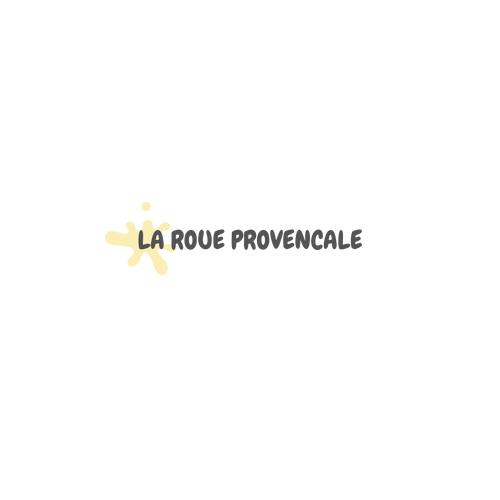Static electricity

Static electricity is the result of an imbalance between the negative and positive charges of an object. These charges can accumulate on the surface until they find a way to be released or removed. One way to remove them is through the circuit-cheap electricity rates in La Porte .
The friction of some objects against each other can transfer negative charges or electrons. For example, if you rub your shoes on the carpet, your body collects more electrons. Electrons stick to you until they can be released. When you reach out to touch your angry friend, you will get a shock. Don’t worry, you and your unsuspecting pet are just too much electron. There are different types of electricity apart from the ones that power our mobile devices or light our homes. Static electricity is different from the electricity generated by a turbine or chemical battery.
Here are 9 quick and fun facts about electricity.
- Static electricity is the build-up of an electrical charge, made up of positive and negative ions, on the surface of an object. These charges stay in one place, hence the name electricity.
- Static charge builds up when two surfaces rub against each other. When this happens, electrons move from one surface to another, so one object will have a positive charge and the other will have a negative charge. Cleaning two things quickly, like your feet and the mat will cause a large charge to build up.
- You can use static electricity to make a normal household bulb and use a balloon in your hair. All you have to do is blow up the balloon and tie the end, dry it well with the hair on your head for a minute or two, and go into the dark room with your balloon. Touch the bulb’s two metal pins to the top of the ball and watch it light up! Repeat the massage of the balloon to build up the static electricity. The more you do this, the more the electricity rises to the surface until you see more light.
- A light bulb is perhaps the best example of this type of electricity. Scientists think that fire comes from changing the charge between the elements in the ice in the cloud. Lightning is considered to be the most powerful and powerful form of electricity that we see every day.
- During the Great Depression, the swirling dust created high voltages that were so strong that they knocked people out. It also allowed electricity to be charged through metal walls and small circuits in the car’s electrical system. People started carrying iron chains to pay the bills.
- A static electric charge is the same charge that keeps things connected or your hair straight. You can create static electricity by placing silk over a glass rod, wool or hair against a plastic comb.
- Major uses of static electricity include printers and copiers, printers, air filters, and dust collectors. In the case of photocopiers, static charges attract ink or toner to the paper, resulting in a photo.
- Static electricity can damage electronic devices that contain sensitive computer parts. These chips are usually placed in a special case or bag to protect them from damage caused by fluctuating electricity. However, static electricity is rarely dangerous because the current is so small.
- Famous electric generators that demonstrate the amazing properties of electricity include the Wimshurst electrostatic generator, the Bonetti machine, and the Van de Graaf generator. The latter is often found in science museums, which you can see in the exhibition for the demonstration of electricity.


